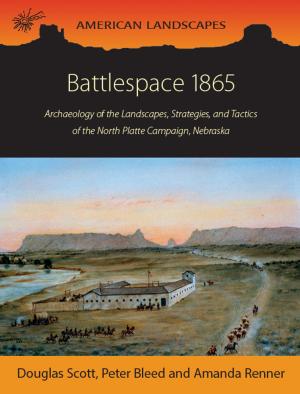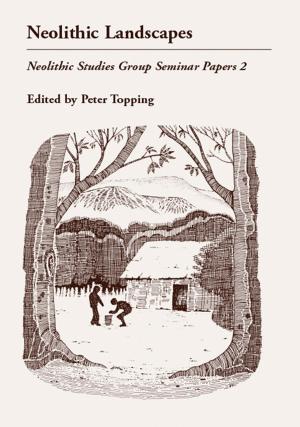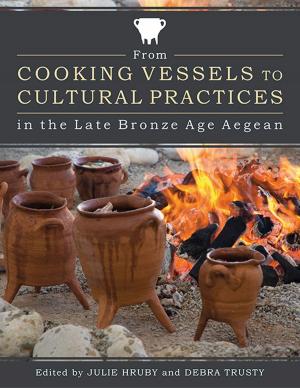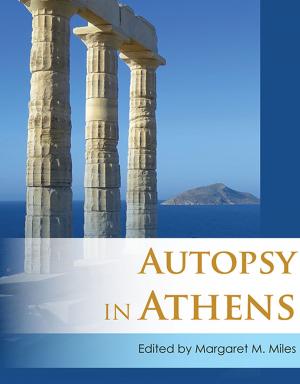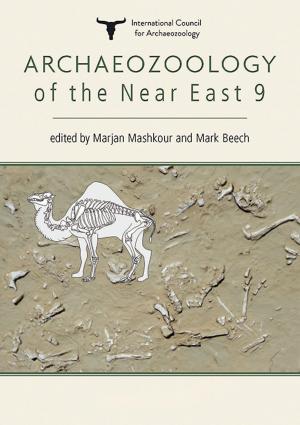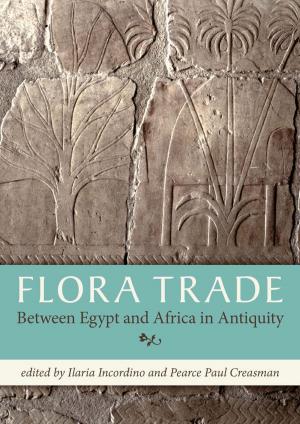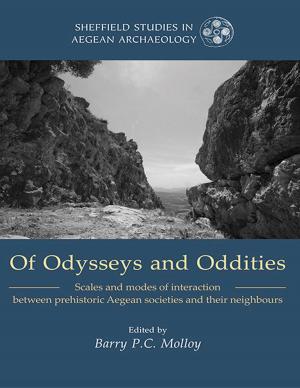A City from the Dawn of History
Erbil in the Cuneiform Sources
Nonfiction, History, Ancient History, Reference & Language, Foreign Languages| Author: | John MacGinnis | ISBN: | 9781782977988 |
| Publisher: | Oxbow Books | Publication: | September 30, 2014 |
| Imprint: | Oxbow Books | Language: | English |
| Author: | John MacGinnis |
| ISBN: | 9781782977988 |
| Publisher: | Oxbow Books |
| Publication: | September 30, 2014 |
| Imprint: | Oxbow Books |
| Language: | English |
The city of Erbil, which now claims to be one of the oldest continually inhabited cities in the world, lies on the rich alluvial plains at the foot of the piedmont of the Zagros mountains in a strategic position which from the earliest times made it a natural gateway between Iran and Mesopotamia. Within the context of ancient Mesopotamian civilisation there can be no doubt that it will have been one of the most important urban centres. Yet while the citadel of Erbil is without question a site of exceptional interest, archaeologically the mound has until recently remained virtually untouched. On the other hand rich documentation allows us to understand the context in which the city grew and flourished. This work is dedicated to the cuneiform sources. Together these include hundreds of documents stretching from the late third millennium to the mid first millennium BC. The very first references, in administrative documents from the archives of the royal palace at Ebla, date to ca. 2300 BC. In the eras that follow texts written in Sumerian and then Akkadian attest to the city's periods of independence alternating with its incorporation in the Ur III, Assyrian and Babylonian empires. From the Achaemenid period, while the Elamite texts from Persepolis are mostly unpublished, Erbil does appear both in the famous inscription of Darius I at Behistun and in the celebrated Passport of Nehtihur, an Aramaic document from Elephantine in Egypt. The sources include a wide variety of administrative texts, royal inscriptions, grants, chronicles, letters, votive dedications and oracular pronouncements which together give a unique insight into the history and society of this exceptional city.
The city of Erbil, which now claims to be one of the oldest continually inhabited cities in the world, lies on the rich alluvial plains at the foot of the piedmont of the Zagros mountains in a strategic position which from the earliest times made it a natural gateway between Iran and Mesopotamia. Within the context of ancient Mesopotamian civilisation there can be no doubt that it will have been one of the most important urban centres. Yet while the citadel of Erbil is without question a site of exceptional interest, archaeologically the mound has until recently remained virtually untouched. On the other hand rich documentation allows us to understand the context in which the city grew and flourished. This work is dedicated to the cuneiform sources. Together these include hundreds of documents stretching from the late third millennium to the mid first millennium BC. The very first references, in administrative documents from the archives of the royal palace at Ebla, date to ca. 2300 BC. In the eras that follow texts written in Sumerian and then Akkadian attest to the city's periods of independence alternating with its incorporation in the Ur III, Assyrian and Babylonian empires. From the Achaemenid period, while the Elamite texts from Persepolis are mostly unpublished, Erbil does appear both in the famous inscription of Darius I at Behistun and in the celebrated Passport of Nehtihur, an Aramaic document from Elephantine in Egypt. The sources include a wide variety of administrative texts, royal inscriptions, grants, chronicles, letters, votive dedications and oracular pronouncements which together give a unique insight into the history and society of this exceptional city.


